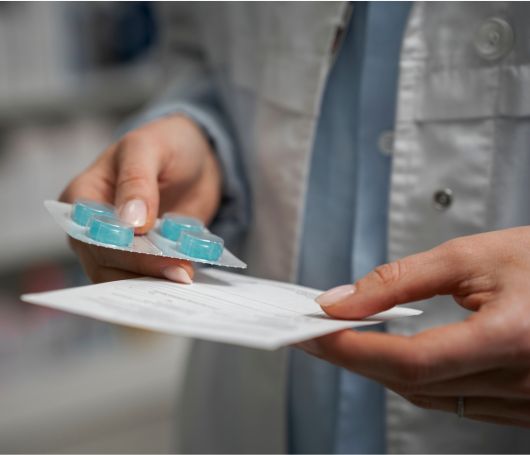Medication is a key chemical treatment of multiple diseases, but its use does carry risks, such as drug interactions, altered body functions, and enhancement or suppression of various enzymes, and can cause a multitude of adverse effects.1 For this reason, it is imperative that formulations are made only by individuals with appropriate training in physiology, pharmacology and clinical medicine, with an understanding of the benefits and possible risks of use.1 The laws in Colombia and global consensus state that only medical graduates have sufficient training to prescribe medications.2
However, in Colombia, the use of non-prescription drugs is common practice in the general population, and also, worryingly, among Colombian and Latin American medical students.3 These students use and prescribe medicines outside clinical practice, and not only use over-the-counter medications but also drugs that require prescription, such as antibiotics.4 Medical students acquire these drugs easily from many pharmacies or, worse, have them formulated by a pharmacist without any training in the correct prescription, thereby subjecting people to medication errors. Medication use without appropriate indications, especially antibiotics, can lead to the presentation of adverse reactions, and has promoted the development of antimicrobial resistance worldwide.5
For this reason, some international consensus suggests that in order to avoid the misuse of drugs, medical students must receive adequate training in clinical pharmacology, interactions and adverse effects. It is also considered that formulations by medical students should always be made under the supervision of a physician, and undertaken within the framework of their clinical practice.5
Against this background, there is a need for research to provide information about drug use in order to create awareness and education programmes regarding the correct and rational formulation of drugs. Therefore, the aim of this research was to understand the attitudes and practices of medical students of the Universidad Tecnológica de Pereira towards identifying drugs and their indications, as well as the frequency of prescription, and the sociodemographic and academic variables associated with drug formulation.




